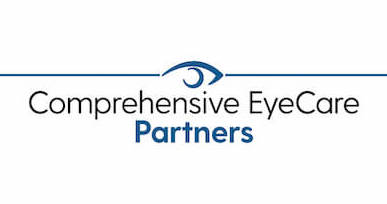
Before you know it, the school year will be starting up again. The American Academy of Ophthalmology recognizes August as Children’s Eye Health and Safety Month!
Get your child’s yearly checkups and appointments done before the school year starts. This will be before they are busy with school and extracurricular activities.
If you have a child in school, you should always make sure they have a yearly eye exam, regardless of whether or not they have any eye issues or need to wear glasses. Annual eye exams can identify any problems that you or your child may not even notice.
It’s also good to brush up on eye safety rules with your children to protect their eyes from any injuries during the school year. Keep reading to learn more about Children’s Eye Health and Safety Month!
Preparing for School
Vision is vital in most classrooms, and not being able to see well can make school unnecessarily challenging for your child. Sometimes, children may get mistakenly diagnosed with a learning disability when their only issue is struggling to see the board during class.
Your child may not even know that their visual difficulties aren’t typical, so they may not say anything. For that reason, having regular eye exams is key to identifying common refractive errors and getting your child what they need to see and perform well in school.
Scheduling these eye exams before school starts enables them to be prepared before they experience any difficulties.
Common Childhood Eye Conditions
Refractive errors that only need a pair of glasses to correct them aren’t the only thing to watch out for when it comes to your child’s eye health. Several common eye conditions can be identified early in life, including:
- Amblyopia, also known as lazy eye
- Strabismus, also called crossed eyes
- Ptosis, or the drooping of the eyelid
- Color blindness
Regular eye exams help identify these issues and ensure quick treatment or necessary accommodations are made. If your child shows any signs of these conditions or is at risk due to their family history, it’s essential to have them tested as early as possible.
Children considered high risk for these eye conditions might need multiple eye exams a year. Talk to your eye doctor about your child’s medical and family medical history so they can advise you on the correct exam schedule for your child’s eyes.
General Eye Safety
Besides monitoring your child’s eye health by having regular eye exams, you should also teach them the importance of eye safety. When it comes to toys, be careful with anything with projectiles, like toy weapons, and make sure any kind of projectiles are soft and that your children know not to aim anything at the face. For young children, make sure you only buy age-appropriate toys.
If your child participates in a sport, always make sure they have and use the proper safety equipment. Even if your child plays a sport you don’t associate with safety gear, like basketball or soccer, it’s safest to have them wear some form of eyeshield when playing.
If your child is a swimmer, always make sure they use airtight goggles to keep their eyes safe from the harmful effects of chlorine.
If you keep up with your child’s eye doctor appointments and stress the importance of eye safety, you’ll set them up for success for the upcoming school year and the rest of their lives! Start by scheduling an appointment at Shepherd Eye Center in Las Vegas, NV, today!


